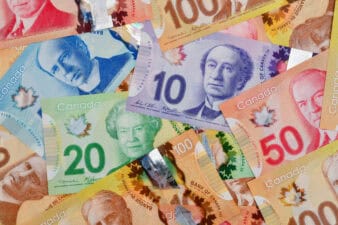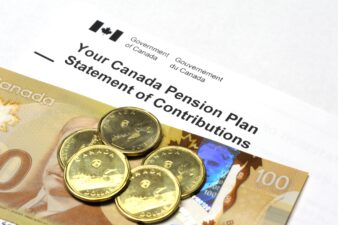Income investors are searching for reliable dividend stocks to put in their expanded TFSAs, but recent market turmoil is making conservative types nervous.
Shell shocked
A drastic plunge in the oil market has many investors wondering if any dividend stocks are still safe. The question is certainly warranted as a number of the once-trusted energy names have slashed their payouts. Shareholders had little time to react to the fallout, and many have seen their initial investments plummet.
Young investors can ride out this kind of turmoil, but older investors who rely on consistent dividends for added income can’t afford to take that kind of a hit.
With the extra $4,500 in TFSA contribution room, savers of all ages now have more options. For income investors, this means more dividend payments can be earned tax free, and for some people, every penny counts.
How do you know which stocks to buy?
The general rule of thumb is to look for companies that are market leaders, have a long history of earnings growth, and possess a competitive advantage that should continue for decades.
With this thought in mind, I think income investors should consider Fortis Inc. (TSX:FTS) and Royal Bank of Canada (TSX:RY)(NYSE:RY).
Fortis Inc.
Utility companies are not particularly exciting, but income investors want stability, not excitement. The best utilities offer consistent and growing revenue streams with little risk associated with fluctuating market prices.
Fortis is about as good as they come. The company operates nearly $27 billion in gas and electricity assets located across Canada, as well as in the U.S. and the Caribbean. More than 90% of the company’s facilities operate in regulated markets.
The company is consistently on the lookout for opportunities to add quality assets at attractive prices, and Fortis did that in 2014 when it spent US$4.3 billion to acquire Arizona-based UNS Energy.
The deal will add significant new cash flow beginning this year and provides Fortis with a well-balanced revenue stream in the U.S.
Fortis has increased its dividend annually for more than 40 years. The current payout of $1.36 per share yields about 3.5%.
Royal Bank
With a market capitalization of $115 billion, Royal is Canada’s biggest bank. Management has done a solid job of navigating through the financial crisis and is now focused on diversifying the company’s revenue stream.
As concerns build around Canadian debt levels, Royal is investing in growing markets south of the border. The company recently agreed to purchase California-based City National Corp. for US$5.4 billion. The deal provides a Royal with a great foundation to expand its penetration into the growing commercial banking and wealth management segments in the U.S.
Royal has also invested heavily in building a profitable insurance business. In fact, the insurance division kicked in 9% of Royal’s Q1 2015 earnings.
Royal continues to reward investors with higher dividends. The company has a 10-year annualized dividend-growth rate of 11%. The current payout of $3.08 per share yields about 3.8%.







